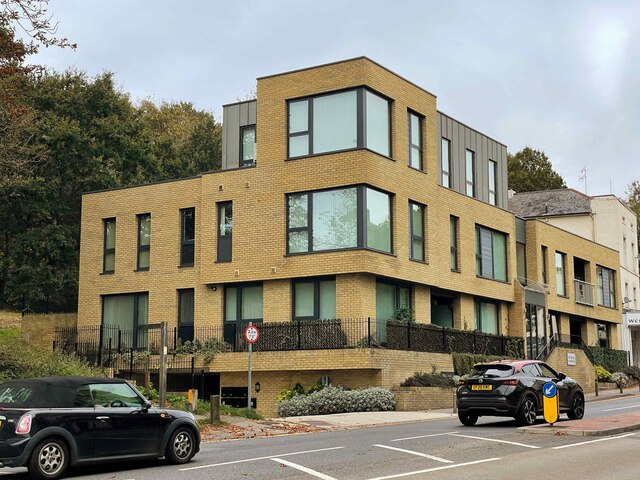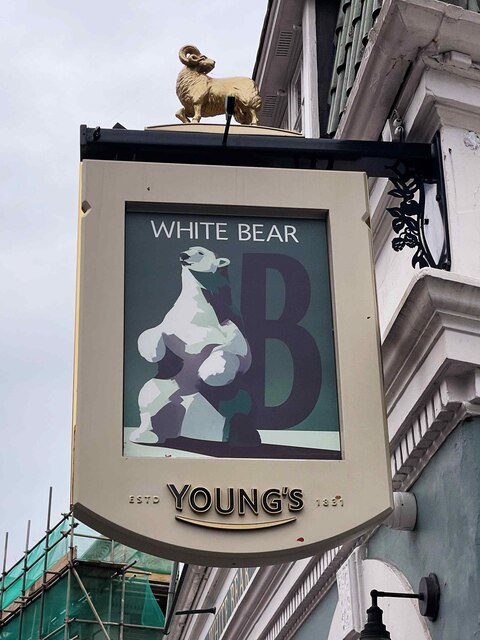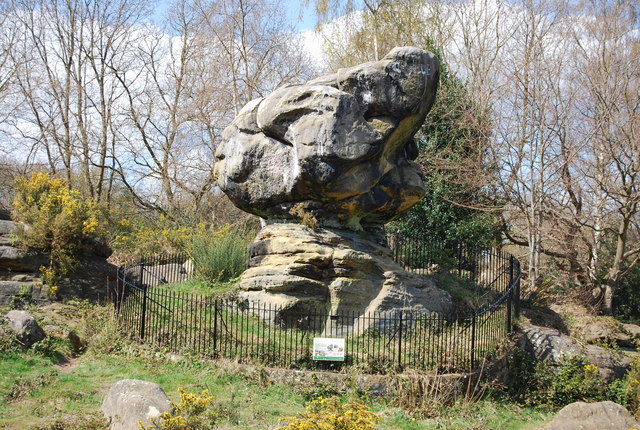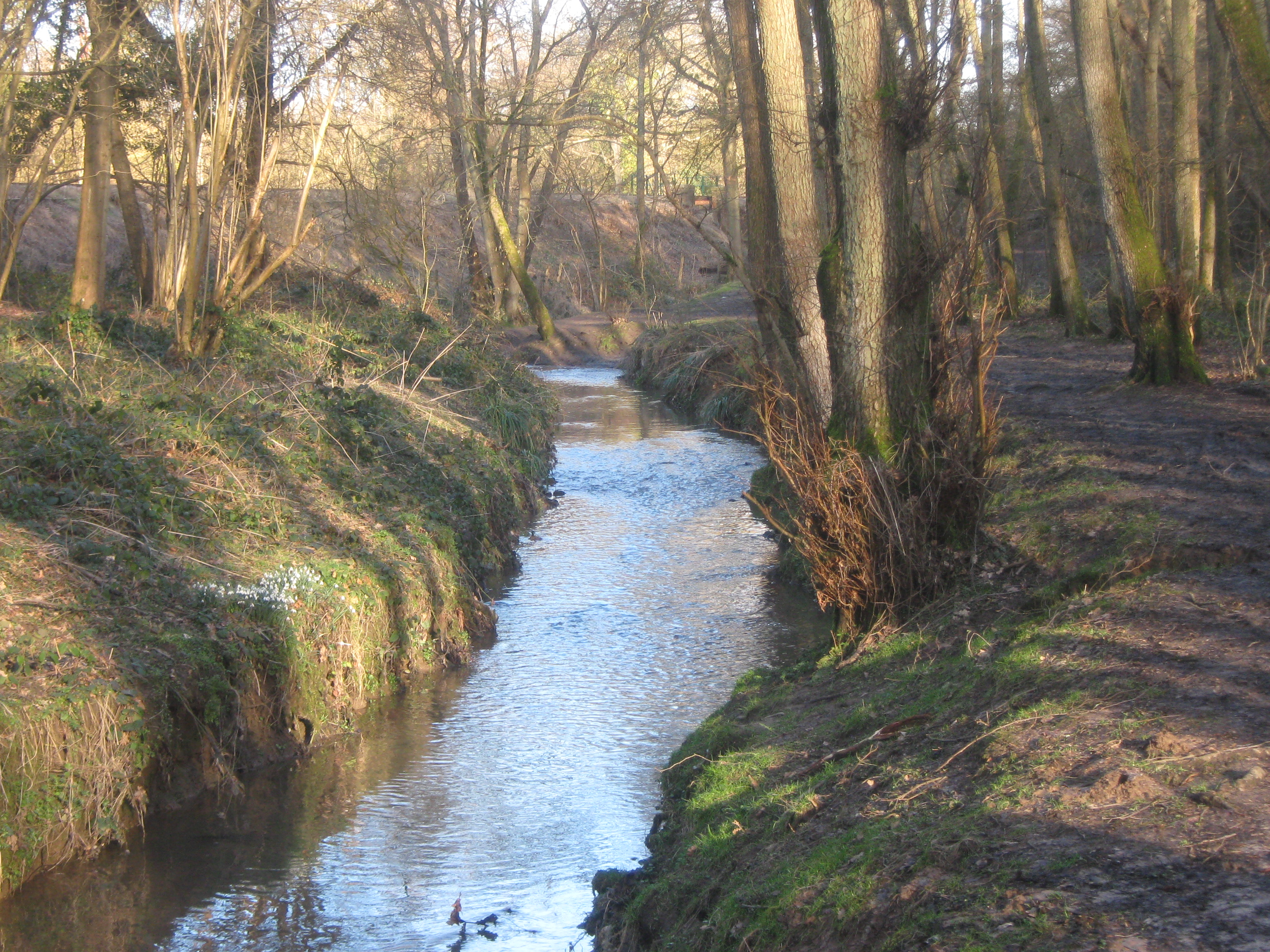Happy Valley
Valley in Kent Tunbridge Wells
England
Happy Valley
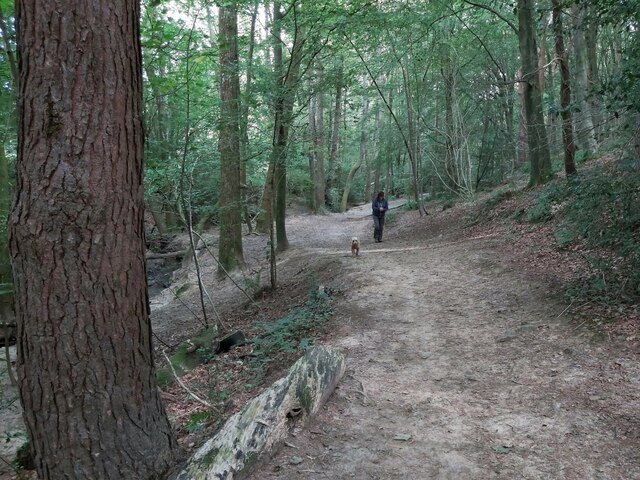
Happy Valley, Kent, also known as Valley, is a charming village located in the southeastern county of Kent, England. Situated in the picturesque landscape of the Kent Downs, this rural settlement offers a tranquil and idyllic setting for residents and visitors alike.
Surrounded by rolling hills, lush green meadows, and picturesque woodlands, Happy Valley boasts breathtaking natural beauty. The village is characterized by its quaint and well-preserved traditional English architecture, with charming cottages and historic buildings lining its streets.
Despite its small size, Happy Valley offers a range of amenities and facilities to cater to its community. The village features a local pub, providing a social hub for residents and visitors to enjoy a friendly atmosphere and traditional British pub fare.
In addition to its natural beauty and community spirit, Happy Valley is ideally situated for outdoor enthusiasts and nature lovers. The surrounding countryside offers numerous walking and hiking trails, providing opportunities to explore the stunning scenery and discover hidden gems.
Happy Valley is conveniently located near the bustling town of Folkestone, which offers a wider range of amenities, including shops, restaurants, and entertainment options. The village also benefits from excellent transport links, with easy access to major road networks and nearby railway stations.
Overall, Happy Valley, Kent, is a picturesque and peaceful village, offering a perfect blend of natural beauty, community spirit, and convenient amenities. It is a place where residents can enjoy a high quality of life, surrounded by stunning countryside and a close-knit community.
If you have any feedback on the listing, please let us know in the comments section below.
Happy Valley Images
Images are sourced within 2km of 51.12941/0.23352689 or Grid Reference TQ5639. Thanks to Geograph Open Source API. All images are credited.





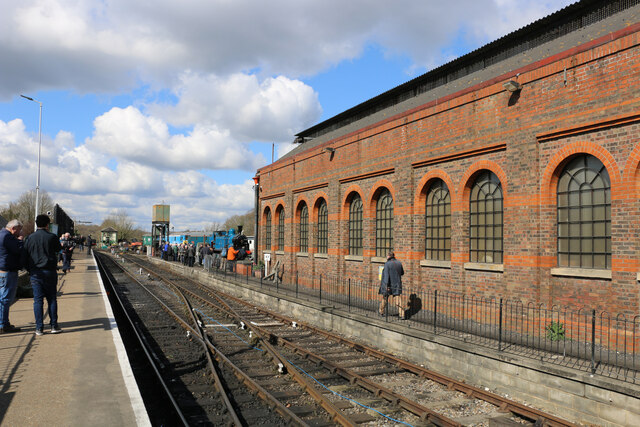
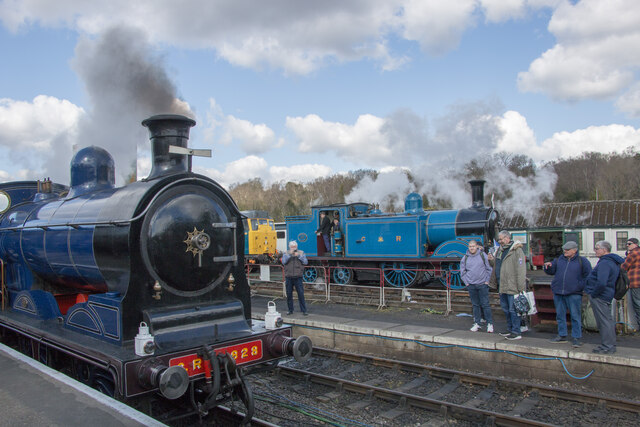
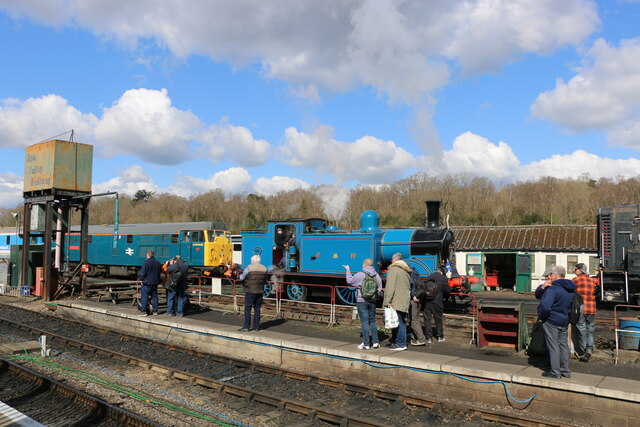
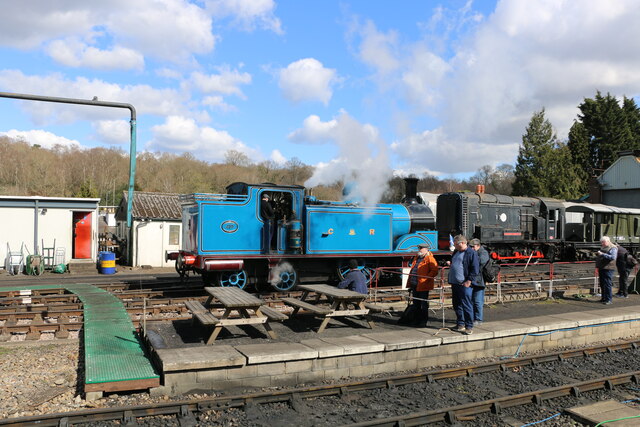
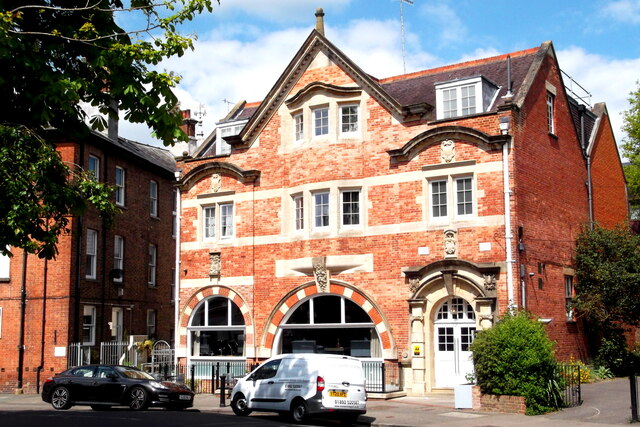
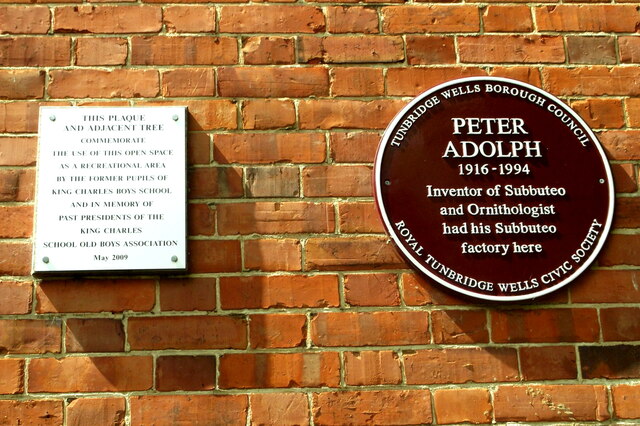
Happy Valley is located at Grid Ref: TQ5639 (Lat: 51.12941, Lng: 0.23352689)
Administrative County: Kent
District: Tunbridge Wells
Police Authority: Kent
What 3 Words
///places.keyboards.noises. Near Rusthall, Kent
Nearby Locations
Related Wikis
St Paul's Church, Rusthall
St Paul's Church is a Church of England parish church in Rusthall, Kent, England. It is a Grade II listed building. == History == St Paul's Church was...
Rusthall
Rusthall is a village located approximately 2 miles to the west of the spa town of Tunbridge Wells in Kent. The village grew up around a large property...
Rusthall Common
Rusthall Common is a 2.7-hectare (6.7-acre) geological Site of Special Scientific Interest in Rusthall, a suburb of Tunbridge Wells in Kent. It is a Geological...
Spa Valley Railway
The Spa Valley Railway (SVR) is a standard gauge heritage railway in England that runs from Tunbridge Wells West railway station in Tunbridge Wells to...
Friezland Wood
Friezland Wood is a woodland in Kent, England, near Tunbridge Wells. It covers a total area of 7.69 hectares (19.00 acres). It is owned and managed by...
High Rocks railway station
High Rocks railway station is a station on the Spa Valley Railway in High Rocks, East Sussex, England. The original High Rocks Halt opened on 1 June 1907...
Rusthall F.C.
Rusthall FC is an English football club located in Rusthall, near Royal Tunbridge Wells, in Kent. The club plays in the Southern Counties East League Premier...
Holmewood House School
Holmewood House School is an IAPS independent, co-educational preparatory school for boys and girls aged 3–13, in Langton Green, near Tunbridge Wells,...
Nearby Amenities
Located within 500m of 51.12941,0.23352689Have you been to Happy Valley?
Leave your review of Happy Valley below (or comments, questions and feedback).




